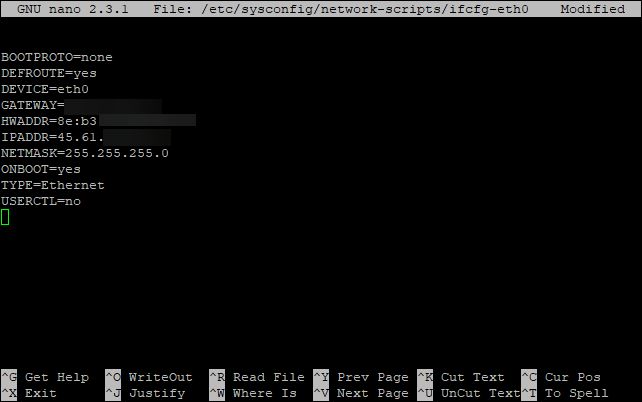Setting Up a DNS Server on CentOS 7
Setting up a DNS server on CentOS 7 can seem like a daunting task, but with the right guidance, it can be done effortlessly. In this guide, we will walk you through the step-by-step process of configuring a DNS server on a CentOS 7 machine.
Prerequisites
- A CentOS 7 server
- Root access to the server
- A basic understanding of networking concepts
Step 1: Update System Packages
Before we begin, it is always recommended to update the system packages to ensure that you have the latest security patches and updates. You can do this by running the following command:
sudo yum update
Step 2: Install Bind DNS Server
Next, we need to install the BIND DNS server. BIND is the most widely used DNS software on the internet and is available in the CentOS 7 repositories. You can install it by running the following command:
sudo yum install bind bind-utils
Step 3: Configure BIND DNS Server
Once BIND is installed, the next step is to configure it. The main configuration file for BIND is located at /etc/named.conf. You can edit this file using your favorite text editor and add your domain configurations.
Example Configuration
Here is an example configuration for a domain named example.com:
zone "example.com" {
type master;
file "/var/named/example.com.zone";
};
In this example, we are defining a master zone for the domain example.com with the corresponding zone file located at /var/named/example.com.zone. Make sure to replace example.com with your actual domain name.
Step 4: Start and Enable the DNS Service
After configuring BIND, you need to start and enable the DNS service to ensure that it starts automatically on system boot. You can do this by running the following commands:
sudo systemctl start named
sudo systemctl enable named
Now, your DNS server should be up and running, ready to serve DNS queries for your domain. You can test the configuration by querying the server using tools like dig or nslookup.
Conclusion
Setting up a DNS server on CentOS 7 is a crucial step in ensuring a stable and reliable network infrastructure. With the right steps and configurations, you can have your DNS server up and running in no time. Remember to regularly maintain and update your DNS server to ensure optimal performance.
That’s it for this guide on setting up a DNS server on CentOS 7. We hope you found it helpful and informative. If you have any questions or feedback, feel free to leave a comment below. Happy DNS configuring!
